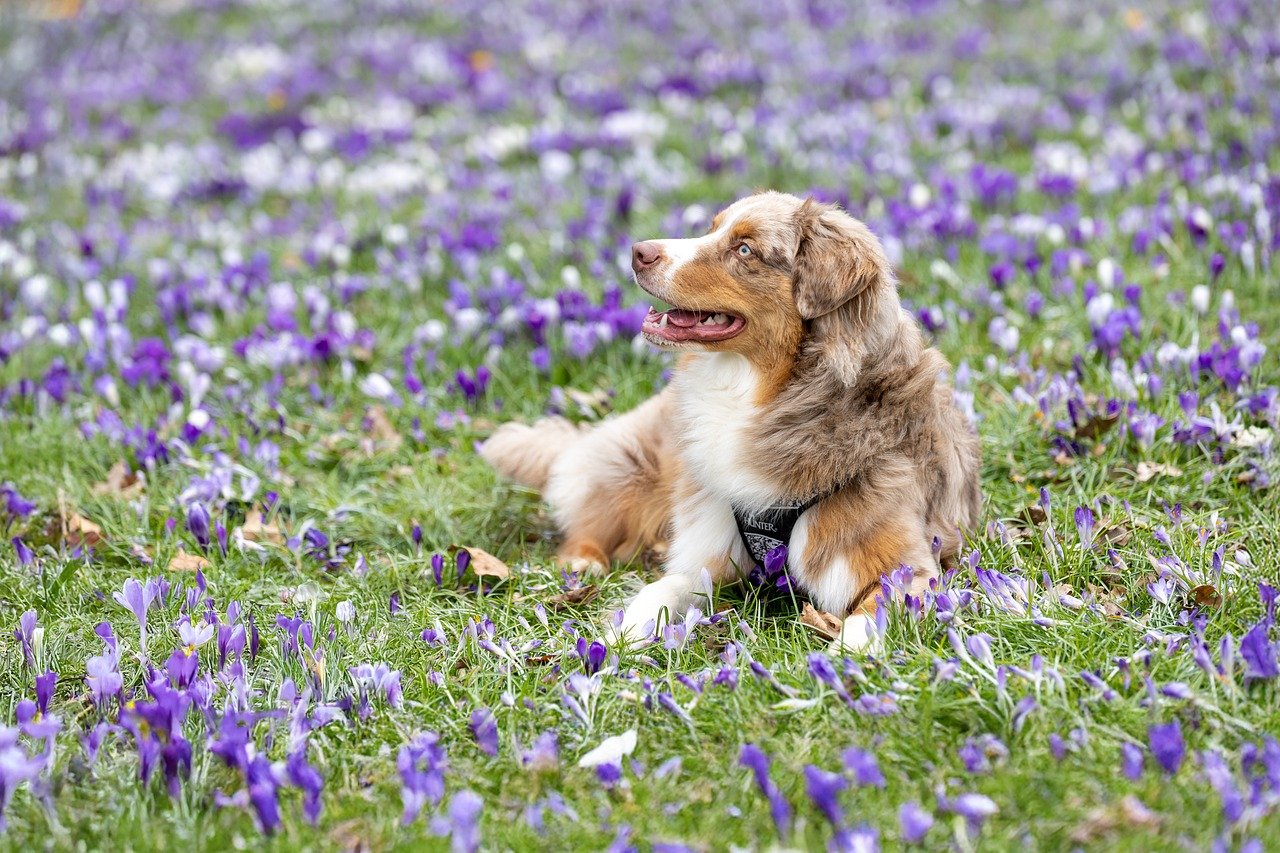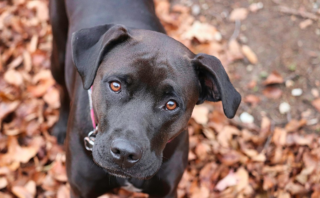Effective Strategies for Teaching Kids Dog Training Basics
Introduction
Training a family dog is not only the responsibility of the adults. Kids, too, can participate in the process, learning valuable life lessons along the way. It helps children to understand animal behavior, builds a strong bond between the child and the dog, and fosters a sense of responsibility. This guide aims to provide children with a basic understanding of dog behavior and training techniques.

Understanding Dog Behavior
Dogs, like children, need guidance and instruction. They rely on clear signals to understand what is expected of them. A fundamental benefit of involving children in the training process is that it teaches them empathy. Dogs communicate mainly through body language, so children must learn how to interpret these signals correctly. Happy dogs have relaxed body language, while scared dogs show signs like flattened ears, tucked tails, or yawning. The better children understand these signs, the more effectively they can train the dog.
Techniques for Kids
Making Eye Contact
A fundamental technique in dog training is making to establish eye contact. When a dog can maintain eye contact with its trainer, it shows that the dog is paying attention and is ready to learn. Children can practice this by holding a treat near their face and saying the dog’s name. They should reward the dog when it makes eye contact.
Teaching Basic Commands
Once the dog has learned to make eye contact, children can begin teaching basic commands like ‘sit,’ ‘stay,’ and ‘come.’ Start by saying the command clearly and firmly while showing a hand signal. When the dog follows the instruction, reward it with a treat or praise to reinforce the behavior.
Leash Walking
Teaching dogs how to walk correctly on a leash is essential for their safety. Kids can practice this by walking with the dog on a leash in a calm, familiar environment.

Safety Measures for Kids
While training dogs can be an educational and fun experience for kids, safety should never be compromised. Children must be supervised at all times during dog training sessions. Any form of aggressive behavior from the dog, like growling or snapping, should be handled by an adult.
Frequently Asked Questions
Q1: What Age Can Kids Start Training dogs?
Children can start assisting with dog training as young as three to four years old, as long as they have adult supervision and the exercises are age-appropriate.
Q2: How Can I Encourage My Child to Train Our Dog?
Make the training sessions fun and enjoyable. Use games and treats as rewards. Encourage your child by praising their efforts and the progress they make.
Q3: My kid is scared of our dog. How can I help?
It’s essential to demonstrate how to approach the dog calmly and confidently. Assure your child that the dog is friendly and assure them that it won’t hurt them.
Q4: How often should the training sessions be?
Dog training sessions with kids should be shorter and more frequent — ideally about 10-15 minutes (or shorter for young kids), several times a day.
Conclusion
Involving children in the process of dog training offers immense opportunities for learning and growth. Not only does this experience teach them to care for another living being, but it also provides insight into animal behavior and communication. It’s imperative to ensure safety during these sessions and converting this opportunity into an enjoyable learning experience. With consistency, patience, and positive reinforcement, children can effectively train the family dog and reinforce the bond they share.



